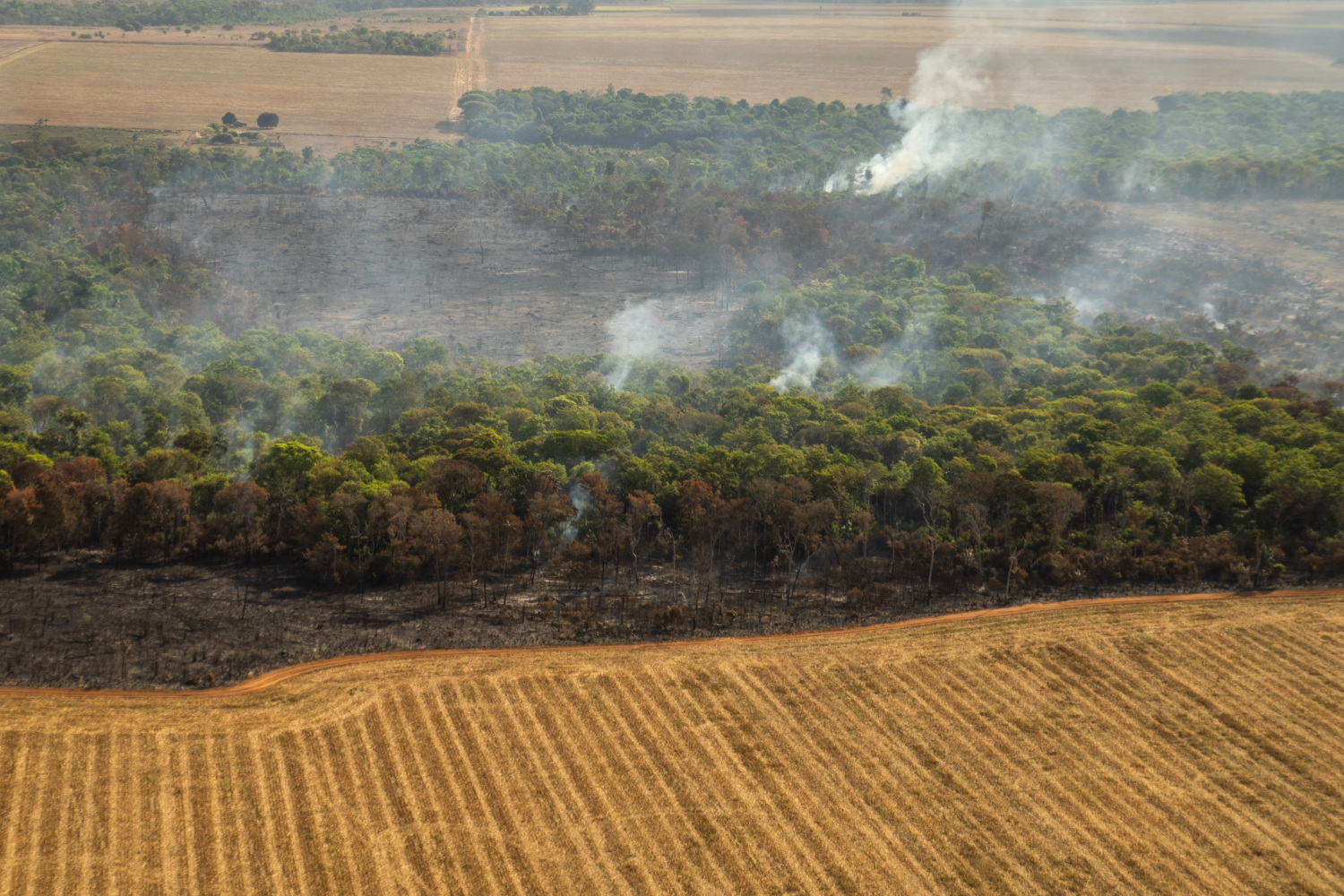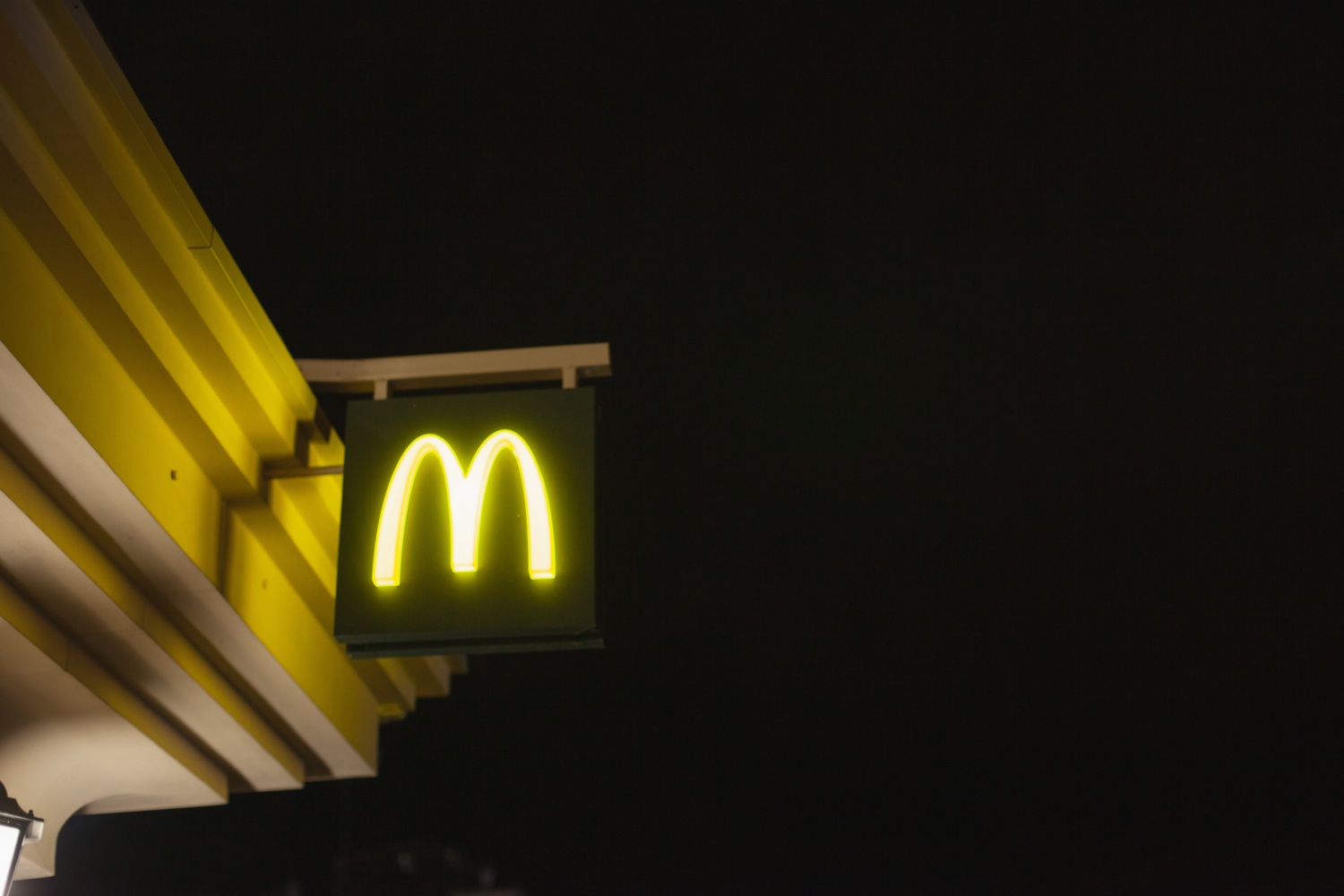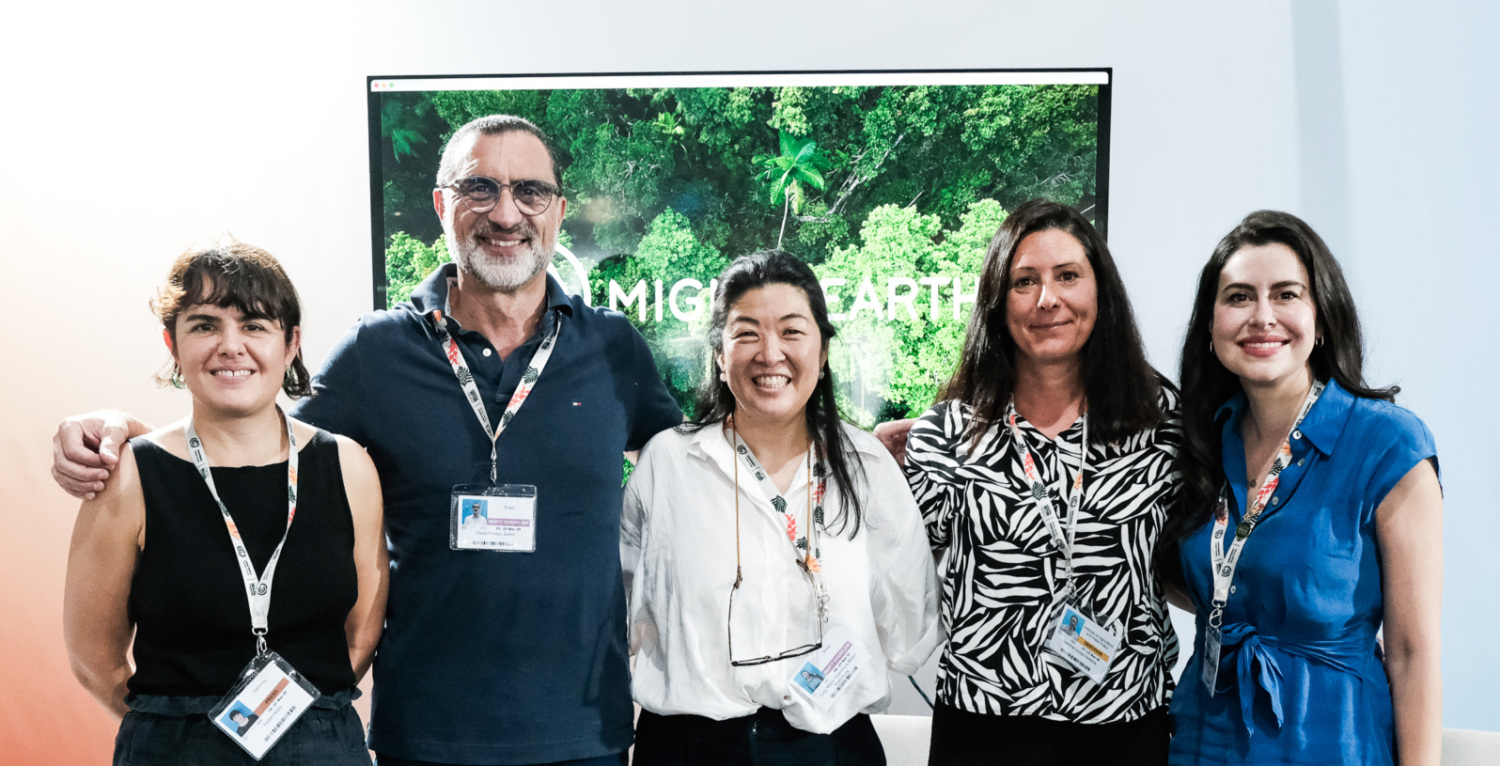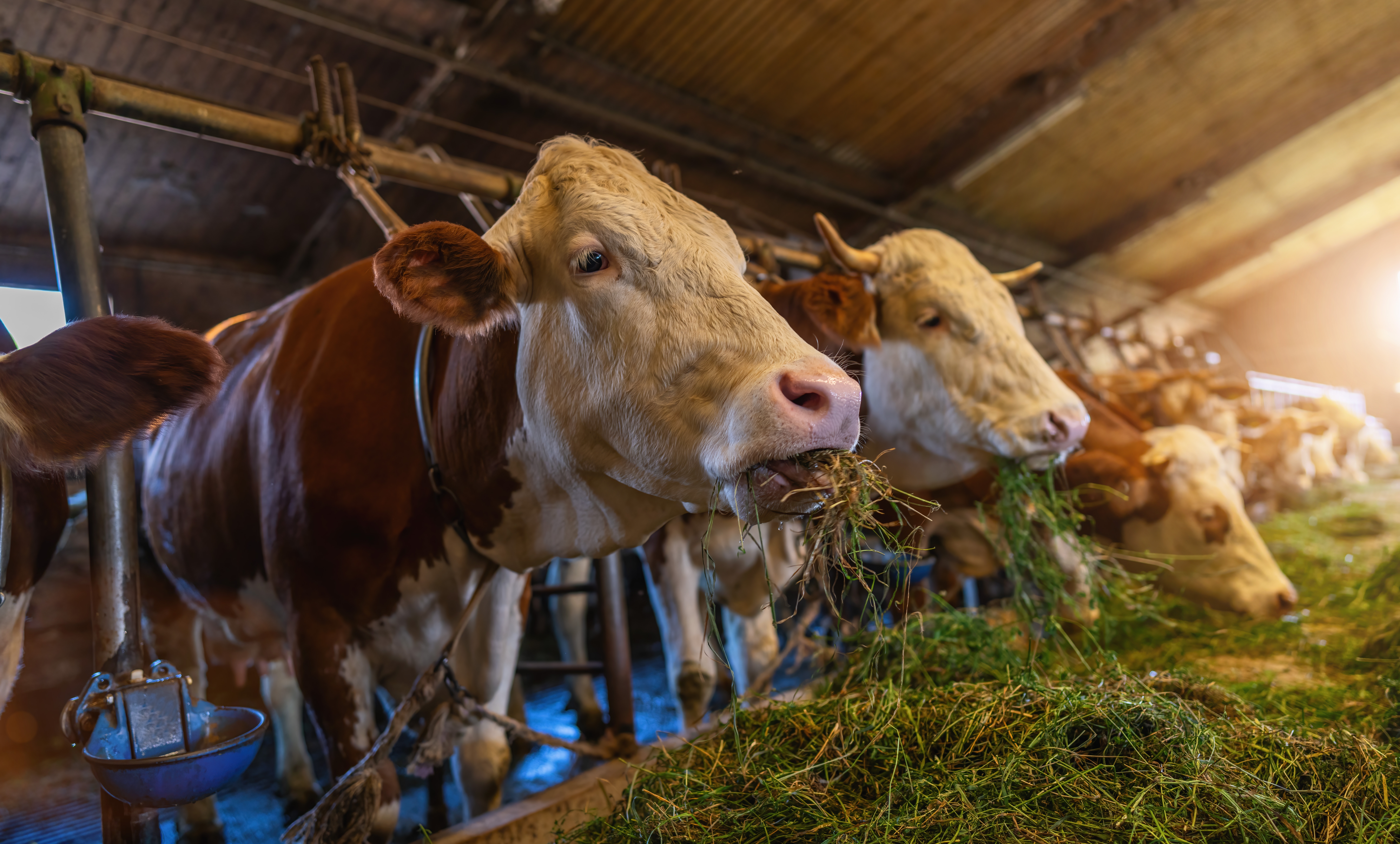
New Analysis: Soy Expansion Hotspots Threaten Amazon
With COP30 in the Brazilian Amazon just days away, new Mighty Earth analysis reveals resurgent soy-driven deforestation and fire threats to the world’s largest rainforest, despite new government figures showing declining deforestation rates
- Yearly increase in soy expansion in Amazon in the last fifteen years (2008 – 2023) equivalent to more than three times the size of Los Angeles.
- From 2008 to 2023, soy expansion in the Amazon happened more than three times faster in the last three years than in the previous 12 years, representing a 210% increase.
- Soy-driven deforestation accelerated in the period 2021-2023 (42K ha/year) in comparison to 2008-2010 (24K ha/year) mainly due to global soy demand, rising international prices and new infrastructure projects in Brazil.
- More than 18,000 hectares cleared in ten recent deforestation and land conversion cases linked to soy expansion.
- Amazon case studies reveal fire is increasingly being used to destroy forests.
- As momentum builds ahead of the COP to support the Amazon Soy Moratorium, Mighty Earth calls on downstream and upstream companies to publicly and effectively reaffirm their commitment to it.
Link to report here (in English)
Link para o relatório aqui (em português)
A new report by Mighty Earth, through its Rapid Response monitoring program, reveals the ongoing threats to the Amazon and the Cerrado from soy expansion, highlighting the need for robust forest protections to be upheld at a time when the Amazon Soy Moratorium (ASM) and the European Union Deforestation Regulation (EUDR) are under threat.
The analysis reveals that in fifteen years, the soy cultivated area in the Amazon has a yearly increase equivalent to more than three times the size of` Los Angeles. Within the time frame of the analysis, soy expansion happened more than three times faster in the last three years than in the previous 12 years, representing a 210% increase.
Growing global demand, higher prices and the development of large road and rail projects to reportedly reduce costs of transporting soy from producing regions to exports ports are driving deforestation, destroying biodiversity and making traditional communities and Indigenous peoples and territories even more vulnerable around new transport routes and hubs, particularly in Pará and northern Mato Grosso.
The report also examines ten recent case studies of farms linked to recent deforestation in the Amazon rainforest and the Cerrado savannah from August 2024 to July 2025 with potential links to the supply chains of six major soy traders: ADM, Amaggi, Bunge, Cargill, Cofco and LDC. The cases total 18,325 hectares of vegetation loss – an area almost twice the size of Paris. Cargill didn’t respond to our requests for confirmation of potential commercial relations.
More Amazon fires
The new PRODES data from INPE released last week shows deforestation declined by 11% in the Amazon and by 11.5% in the Cerrado for year ending July 2025. Although welcome, the data reveals there has been a change in the pattern of Amazon deforestation in recent years, with an increase in burning compared to the clear-cutting of trees. This is coherent with the Amazon case studies in Mighty Earth’s Rapid Response report, which shows that fire was used in the majority of cases. On one farm in Altamira in the State of Pará, 3213 hectares were burned to make way for soy.
Mariana Gameiro, Senior Advisor (Brazil) to Mighty Earth said:
“Fire is becoming the weapon of choice for landgrabbers in the Amazon, and our new analysis highlights the urgent need for robust protection for this critical biome. The ASM is a beacon of hope, demonstrating that the private sector can play a decisive role to dramatically reduce deforestation in the Amazon. It must be maintained to prevent more of the forest being lost to soy.”
“Soy traders too must seize the moment at the climate COP in the Amazon, to publicly back the ASM, as well as updating their industry roadmap to limit global heating to 1.5°C. That means swift and decisive action to ensure deforestation-free soy supply chains in the Amazon with a 2008 cutoff date and for the Cerrado by 2020.”
Threats to ASM
By end-September, Brazil’s antitrust regulator, CADE suspended the Amazon Soy Moratorium from January 1st 2026. The regulator’s decision is partly a result of concerns over the potential anti-competitive effects of companies sharing information under the agreement. By early November, in a separate investigation CADE has launched an inquiry into a suspected cartel involving executives in the Soy Moratorium, while Brazil’s Supreme Federal Court upheld a law in Mato Grosso prohibiting the granting of state tax incentives to companies that are part of the Soy Moratorium. The ASM is one of Brazil’s most important voluntary private sector mechanisms, credited with slowing deforestation of the Amazon for soy plantations. Recently, the EU Commission proposed to uphold the December 30th, 2025, start date for the EUDR but with a six-month delay in penalties for large companies.
Retailer Momentum builds for ASM
The UK Soy Manifesto, the Retail Soy Group in the UK, the French Soy Manifesto, and companies, including the second largest UK supermarket, Sainsburys, the biggest retailer in France E.Leclerc, and other European retailers and food companies – Groupement Mousquetaires, Metro, Casino, Herta, Aoste, Groupe Popy, Alsace Lait, and LSDH – have already supported and publicly uphold the 2008 cutoff date for the Amazon Soy Moratorium. A recent Mighty Earth webinar also brought together broad support to maintain the ASM.
Andre Lima Secretary for Controlling Deforestation and Territorial Ordinance, Brazil’s Ministry of Environment and Climate Change said:
“The Soy Moratorium is a market-driven commitment that goes beyond the strictness of legislation, and therefore I think it’s very important that the market itself seeks out financial mechanisms to sustain it. I believe that consumers want this. Consumers have the right to know where their meat, their coffee, their soy come from.”
“The agribusiness sector in Brazil is one of those that pay the least in taxes — it already receives too many incentives. I think now it is the productive sector’s turn to take responsibility.”
“The government supports it and wants to see it deliver results, but the Moratorium belongs to the private sector and to civil society. I believe this multi-stakeholder pact also needs to be explicitly defended in the forums that are now legally challenging the Moratorium.”
Ends
For more information or to arrange an interview please contact:
Carole Mitchell, Global Director of Communications
[email protected]
+44 7917 105000
Sydney Jones, Press Secretary
[email protected]
Notes to editors
Further findings from report
Historical deforestation (2008 – 2023)
- The report found between 2008 and 2023, the soy cultivation area in the Amazon biome increased by 5.7 million hectares, representing an annual increase rate of approximately 384,000 hectares per year.
- A closer analysis comparing two periods: 2008–2020 and 2021–2023 showed that the rate of expansion in the last three years was more than three times faster than in the earlier period, representing a 210% increase.
Recent Deforestation (Aug 2024 – July 2025)
- The recent deforestation rates of 9 farms were identified where deforestation and degradation alerts occurred between August 2024 and July 2025, three of which were in the Cerrado. These totaled 11,094 hectares on farms previously planted with soy and located within a 50-kilometer radius of grain silos owned by three major soy traders Bunge, Cargill, and Amaggi.
- In most of the case studies in the Amazon, fires were detected, with one farm in Altamira, Pará losing 3213 hectares through burning (Aug 2024 – July 2025)
- Case studies in the Cerrado highlight three separate farms with significant deforestation: 4,043 hectares, 6,029 hectares, and 1,322 hectares respectively – amounting to the size of Paris.
- In the Amazon 9,102 hectares of deforestation occurred on the selected farms since 2008 – and 8,288 hectares of that wereafter 2021. This means less than 10% of deforestation happened between 2008 and 2020, with 90% concentrated in recent years.
Mighty Earth is calling for:
- European, U.S and Chinese soy markets, traders, consulting firms, and experts to support and uphold the 2008 cutoff date for the Amazon Soy Moratorium (ASM) before and during COP30. It can be done by signing the pledge to uphold the ASM..
- Soy traders to communicate as soon as possible their continued support for the ASM and its 2008 cutoff date, highlighting their backing of the ASM as demonstrated by traders such as Amaggi, Cofco, and LDC in their public policies in 2025, and the establishment of a 2020 cutoff date for the Cerrado, as implemented by the LDC Group. They should plan to publish the results and update their 1.5°C Soy Sector Roadmap during COP30 in Belém.
How we track soy-driven deforestation
- The starting point for identifying recent deforestation is the deforestation alerts from DETER, the Realtime Deforestation Detection System coordinated by Brazil’s National Space Institute. Combining deforestation and degradation alerts with satellite imagery and on-the-ground investigations, Mighty Earth and partners AidEnvironment and Repórter Brasil analyzed soy expansion over two periods: 2008-2020, after the ASM came into effect, with a 2008 cut-off and from 2021 – 2023, when the EUDR was first proposed until it entered into force, with a 2020 cut-off date. This research was carried out under the scenario of the EUDR being implemented. Deforestation in the Amazon was tracked in areas including those designated as protected under the Brazilian Forest Code.
- According to INPE, of the nearly 5,800 km² deforested in the Amazon in the last period, 60% corresponds to clear-cutting (3,600 km²) and 38% (2,200 km²) to “progressive degradation,” associated with fire. By comparison in 2022, clear-cutting accounted for 92% and progressive degradation for 7%, highlighting a change in tactics by landgrabbers from large-scale clear cutting to the direct conversion of land through fire.
About Mighty Earth
Mighty Earth is a global advocacy organization working to defend a living planet. Our goal is to protect Nature and secure a climate that allows life to flourish. We are obsessed with impact, and our team has achieved transformative change by persuading leading industries to dramatically reduce deforestation and climate pollution throughout their global supply chains in palm oil, rubber, cocoa, and animal feed, while improving livelihoods for Indigenous and local communities across the tropics.


